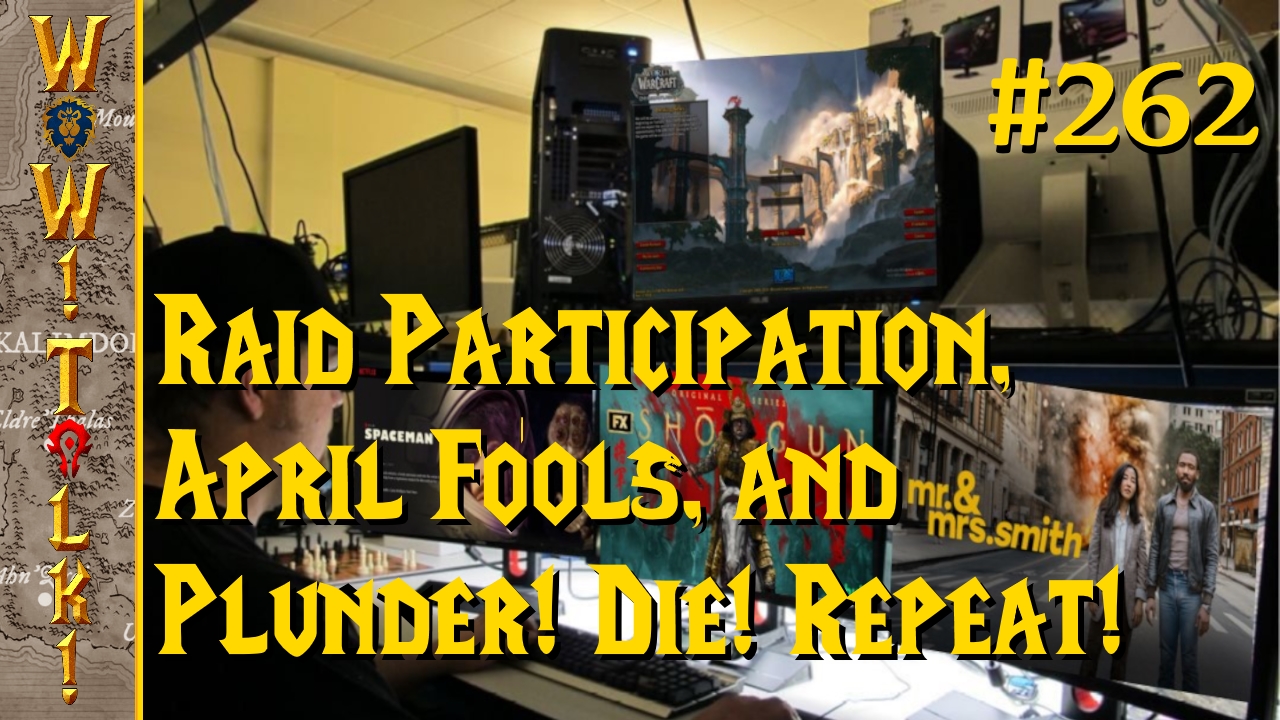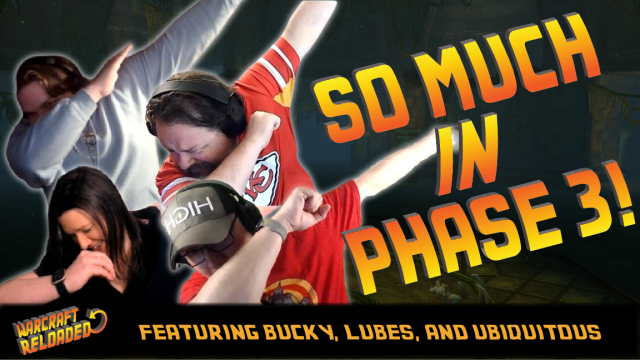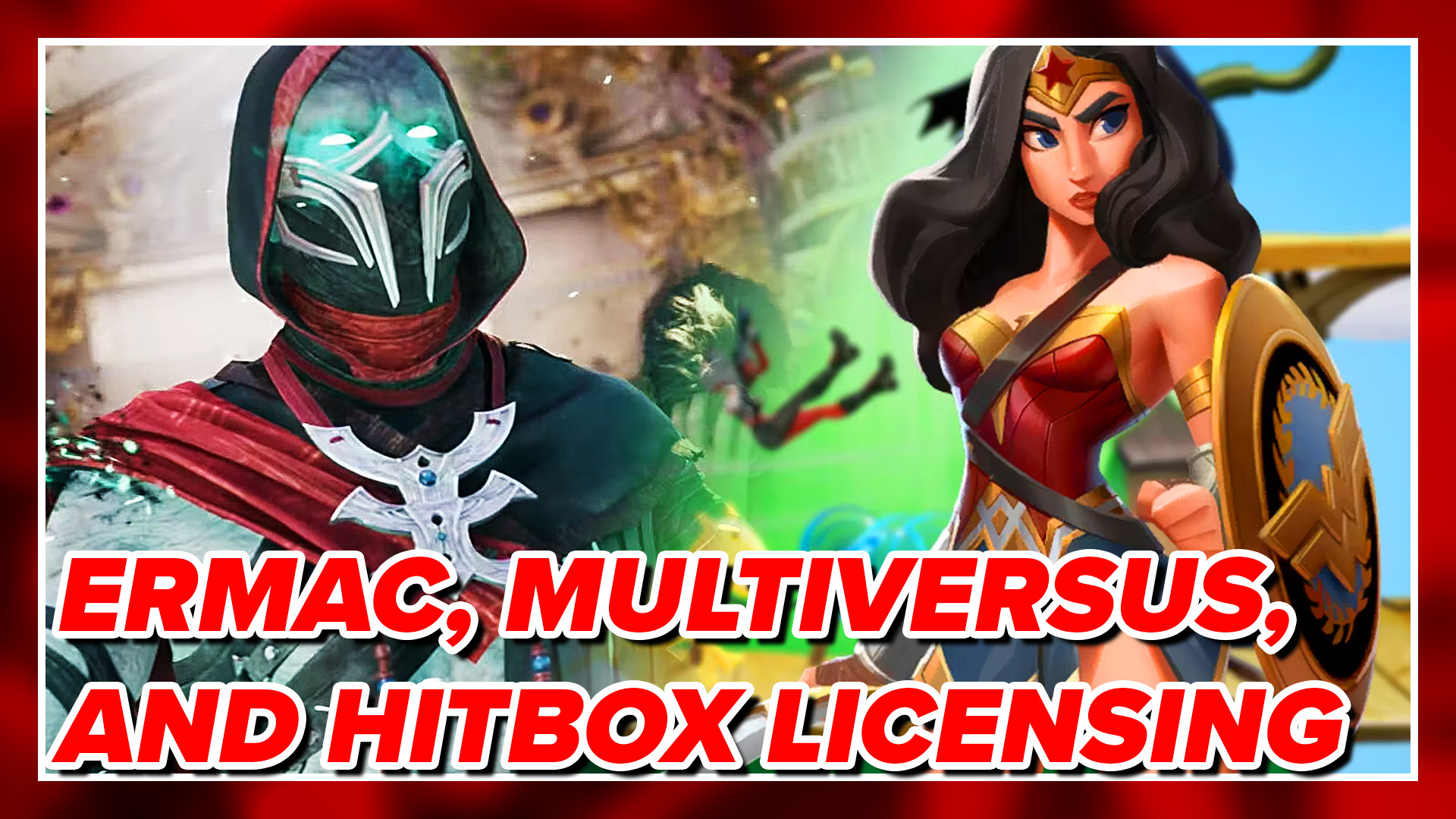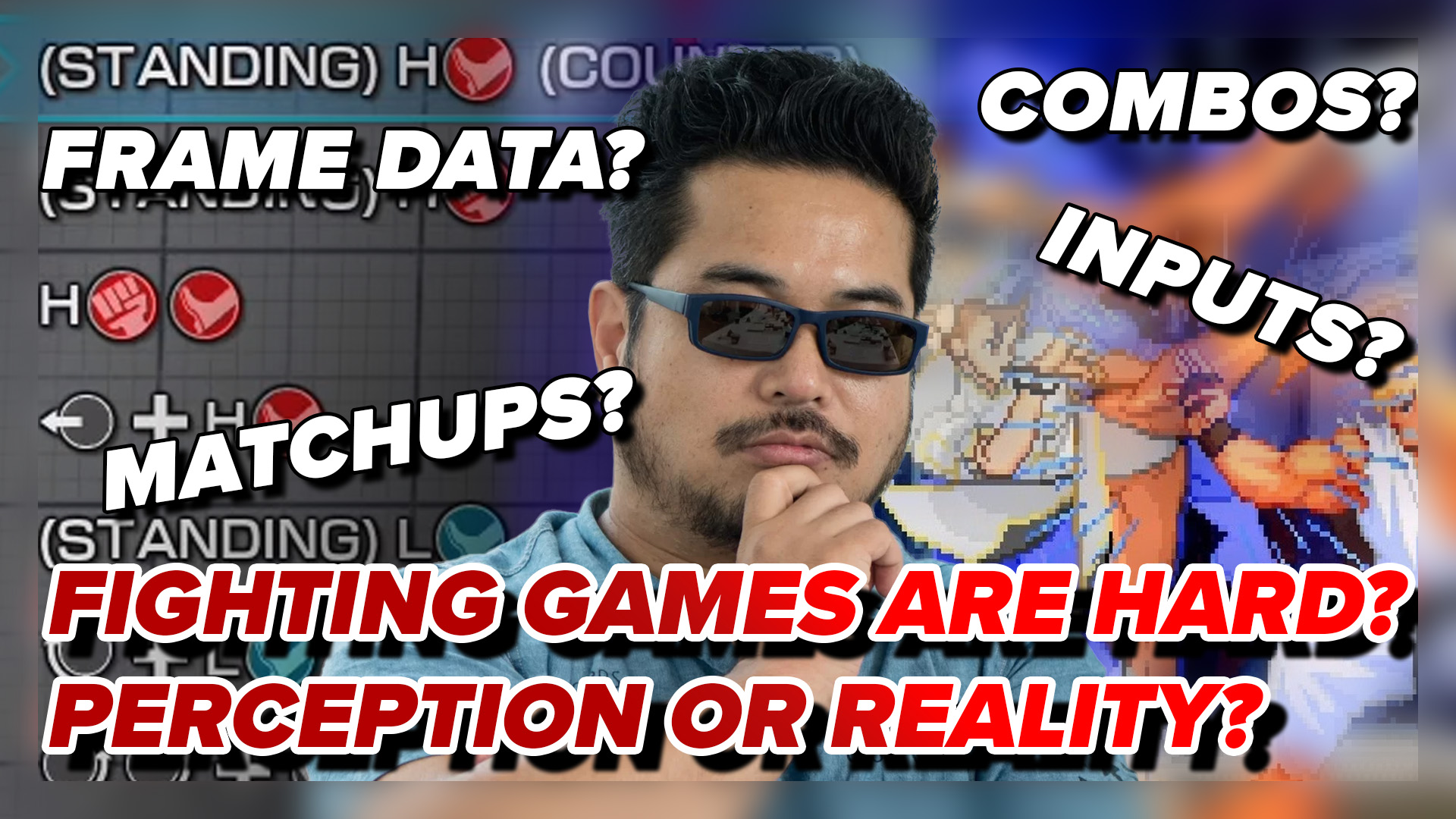
Marvel Heroes doesn’t give you the feeling of being a Marvel hero until about half-way through the game. After several stages of tearing through minions with your heroic powers, the moment will come when the endlessly respawning mobs seem like their numbers might actually overpower you. As your energy drains and it seems like you might have to pop a health-pack, that’s when Iron Man, Spider-Man, or the Hulk shows up and together you plow through the masses arrayed against you. Finally, you feels like a member of the Marvel Universe, where heroes are tested and ally together for the greater good. Those moments when you and actual Marvel heroes like Captain America, Wolverine, or Rocket Raccoon are able to work together to defeat a group of henchmen or rampaging supervillain are when you understand what it means to be part of the Avengers or the X-Men. The problem is that those moments are fleeting, and don’t happen organically until you’ve played for a while.
Marvel Heroes is an experiment in the deconstruction of identity in an MMO, and the enjoyment derived from the game is directly proportional to just how well you accept that deconstruction. Avatars have no individual characteristics — there is no character creation screen. Instead, players can choose which Marvel Hero to play and which costume from each character’s history to dress him or her in. That is the extent to which personal expression exists. The only way players are known is by their name, and witnessing other heroes like Ms. Marvel running around with words like ‘l33tdood’ floating above them can be immersion-breaking.
This game is not an MMORPG. There are levels to gain and skill points to allot, as any RPG would have, but the role is pre-established. You are Scarlet Witch; you are Jean Grey — these characters existed before you and do not need you. You may control their actions in the short term (and only then, from a tactical perspective), but the plot is scripted; and even the interactions when the characters pass each other in the hall are pre-recorded. For example, Hawkeye keeps asking Tony Stark for money for arrows whenever an Iron Man is near.
The primary cause of dissonance in Marvel Heroes is the fact that you are not unique; especially if you play one of the free starter heroes. In the early stages, you will encounter lots of Things, Hawkeyes, and Storms. As you level up, the starter heroes are still present, but in smaller numbers. Either players aren’t completing the early stages, or they are buying additional characters and playing them. This is when the game finds a more natural rate for encountering doppelgangers, and it begins to feel a bit more like the Marvel Universe we’re familiar with.

Each character has three skill trees through which skill points are assigned. The skill trees have about six tiers, and while some skills are prerequisites for more advanced skills, there are plenty that are not. Once all the abilities are unlocked they feel less like trees and more like just a list of powers. Basic powers can be assigned to the left-mouse button, while Fighting powers can be assigned to the right mouse button. Passive powers simply upgrade your characters. Default powers are assigned to the action bar. There are a few pre-defined keyboard layouts which can allow players to arrange their keyboard based on their gaming preference. The hotbars can be A-G or 1-5, for example. Ranged characters can stay in place by holding down the shift key while attacking, but melee characters will be left-clicking on targets and running around for the bulk of the game.
The gameplay itself is rote ARPG mechanics. Gazillion Entertainment is headed by ex-Blizzard North developer David Brevik, and the mechanics borrow heavily from past works such as Diablo. Combat can be hectic, and some of the villain bosses tend to move around and off the screen. Lag has also been an issue, though it has been getting better over time (either due to improved infrastructure or attrition.) As a ranged character, you may find yourself shooting into a cluster of characters hoping that your mouse can find the villain and hit it when you click. Additionally, players can switch amongst which heroes they own at any given time, so you may start a zone as Deadpool, and then decide that Colossus would better handle the enemies, forcing nearby players to adjust on the fly.
The respawn rates for minions seem to require tuning as well. Sometimes, you’ll wander into an area shortly after another group of heroes and walk past an endless sea of corpses. Other times, the enemies will come in wave after wave with no reprieve. Each hero has an energy or mana pool for casting powers, so while the enemies are generally easy enough, they can wear a character down en masse. Players will want to avoid over-pulling. Occasionally, there will be group-quests to kill certain supervillains in a given area. These tend to draw a large crowd and is often where lag becomes a factor. Plot-related boss fights occur in dungeons of 3-5 players, and as such are often a bit easier to manage. When killed, players can either be resurrected by any other player or can return to the last waypoint and retrace their steps back.

The game’s nine chapter story that begins with players allying with S.H.I.E.L.D. to fend off an assault on the Raft eventually takes them to working with the Avengers and the X-Men, and culminates in a confrontation with Dr. Doom. Cutscenes are told with motion comics and the voice-over quality in them is top-notch; as many fan-favorite actors were brought back to reprise roles from before (like Steven Blum as Wolverine). The script itself is the usual Marvel game plot that somehow manages to involve several iconic villains from assorted books in ways that are irrelevant. Does a player need to know why Rhino is rampaging downtown? Of course not. Just point the hero in the right direction and they’ll take care of it.
Each zone is dynamically generated when the instance is created, so even trekking across the world provides a different experience each time. Aside from the main story quests to be done, each zone has some randomly-generated group-content that will appear. In some zones, a massive force must be repelled in a certain amount of time; other times, certain NPC’s must be protected from assault. Anyone who stumbles upon these quests can help towards their completion — no grouping is required. They are an easy way to gain experience, and again contribute to the feeling of superhero cooperation that is present in the Marvel Universe. Each zone also has some randomly generated dungeons that are solo instances usually containing two or three clusters of tougher-than-normal minions . Defeating them provides access to a treasure chest with assorted loot.
Despite the high quality voice-acting, in general the sound is mediocre. Characters make their trademark sounds, but the rest of the explosions and monster noises are generic. The soundtrack is even worse, as the repeating guitar riffs sound like someone was told to record ”standard rock track A’. After a few stages, I found my enjoyment of the game increased with the music off.
Graphically, the game is okay. The cinematics all look ripped from a comic, and the in-game graphics are fine and consistent. Individual character costumes are highly detailed (especially some of the Iron Man armors which were made from the same graphics files used for the movies), and they can be appreciated when zooming in. Environments are destructible, and objects such as barrels and cars can be picked up and thrown. Some zones seem to have a lack of unique enemies (how many different mobsters or A.I.M. scientists can there be?), so combat can become visually repetitive in some places Some of the larger opponents, like the Sentinels, are impressive both in appearance and difficulty.
New heroes and costumes are where the free-to-play model becomes apparent. After completing the story, players can engage in squad-based PVP or a series of daily quests. Daily quests pit players against bosses with the goal of acquiring additional heroes or costumes, and with only 5 of about 30 heroes available for free, players will struggle to earn other characters.
There are items in the game that can be equipped which increase the likelihood of acquiring special items such as hero tokens, but the primary way to acquire other characters is to buy them. Heroes range from 600 G (the starter heroes, Black Widow) to 2100 G (Spider-Man) in the store. G is only acquired in pre-set amounts for roughly one G per cent, so Spider-Man is roughly $21.00. If you want to play through the game as a certain hero not available as a starter, you will want to purchase that hero from the store as the amount of time required to earn that hero in game could be lengthy. Costumes are also available as loot and in the store, although each character has certain prestige costumes that are only available as loot.

It’s worth noting that after defeating the tutorial section, players earn a chance at a second starter character, and again after defeating Dr. Doom. These chances will include characters they may have already acquired, so if you’re playing as The Thing, it’s entirely possible to earn tokens for The Thing twice more. Extra character tokens are consumed to develop each hero’s ultimate power, so they aren’t useless, but in that scenario The Thing would have to do the daily boss fights to earn more heroes or just buy another one.
Overall, Marvel Heroes is a fun ARPG game, but it makes me wonder if the Marvel Universe was the right choice for an MMO setting. Between Marvel Heroes giving players fits over too many Daredevils and DCU going the opposite direction (where players felt inferior because they were working alongside Superman), I wonder if a superhero game can work as an MMO. City of Heroes seemed to get it right, but they didn’t have any pre-existing heroes to shoehorn into an MMO setting. At the very least with the starter characters being Free-To-Play, Marvel Heroes is worth the investment.




